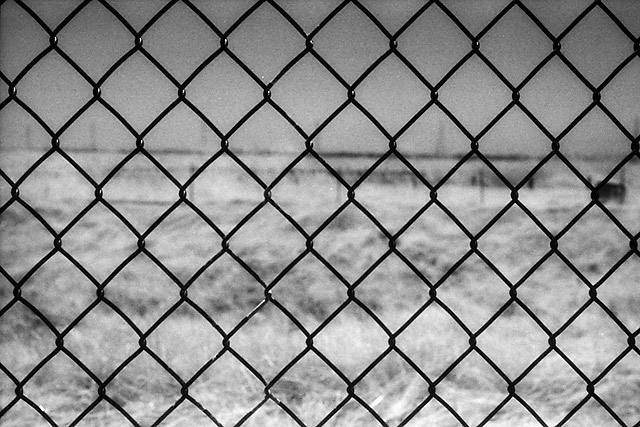 Though he had at one point been hoping for an early release, Linus Torvalds unleashed version 3.17 of the Linux kernel on Sunday, thereby sticking to the “normal” schedule after all.
Though he had at one point been hoping for an early release, Linus Torvalds unleashed version 3.17 of the Linux kernel on Sunday, thereby sticking to the “normal” schedule after all.
“The past week was fairly calm, and so I have no qualms about releasing 3.17 on the normal schedule (as opposed to the optimistic ‘maybe I can release it one week early’ schedule that was not to be),” Torvalds wrote in the official announcement.
(Torvalds did deviate from the standard schedule for the second release candidate of Linux 3.17 back in August, it’s worth noting, choosing for “sentimental reasons” to roll it out on a Monday instead of a Sunday so as to coincide with Linux’s 23rd birthday.)
In any case, this time around “nothing major happened during the last week, as you can see from the appended shortlog,” Torvalds explained. “Mostly drivers (i915, nouveau, ethernet, scsi, sound) and some networking fixes. With some misc noise all over.”
Because of travel coming up in Torvalds’ schedule — including LinuxCon Europe in the middle of this month — the merge window for Linux 3.18 will be slightly different from usual, he noted, either extending three weeks or simply getting off to a slower start.
Linux 3.17, meanwhile, is now ready to go, and it’s packed with improvements. Here are five exciting new features in Linux 3.17 — yet another member of the series known as “Shuffling Zombie Juror.”
1. Y2K38 Proofing
It’s been known for some time that the year 2038 will present a problem similar to the Y2K problem that was faced back in 2000 because of the way time is recorded on Unix-based systems. Linux kernel developers, however, are already addressing the problem. “A number of changes have been made to the timekeeping core in order to make it ready for the year 2038,” noted developer Jonathan Corbet in an early description of the 3.17 merge window.
2. Better Memory Management
Fences are another new feature in Linux 3.17, and they’re aimed at helping the kernel manage memory better. “A fence can be attached to a buffer which is being filled or consumed by [hardware] to allow userspace to pass the buffer without  waiting to another device,” developer Maarten Lankhorst explained. Essentially, that means memory can be used more efficiently and with fewer delays or interruptions for users.
waiting to another device,” developer Maarten Lankhorst explained. Essentially, that means memory can be used more efficiently and with fewer delays or interruptions for users.
3. A Boatload of ARM Support
There is a huge list of new drivers and architecture support that have been added to Linux 3.17, but ARM accounts for a very large proportion of them. Among the numerous additions, for instance, are infrastructure for ARM-based Broadcom STB SoCs and Allwinner A23 support.
4. A Trimmer Profile
“Lean and mean” is a common goal for software projects of any kind, and Linux 3.17 reflects an excellent step in that direction. In fact, no fewer than 14 “unloved drivers” were removed from the staging tree along the way, Corbet noted, eliminating some 250,000 lines of code. Support for the old POWER3 and rs64 architectures has been removed from the kernel — “these architectures have evidently been broken for a number of releases and nobody noticed,” Corbet said — as has support for Samsung S5P6440, S5P6450 and S5PC100 systems.
5. Support for Xbox One Controllers
Though it may not be a matter of much concern to enterprise users, Xbox One controllers have presented a problem for Linux-using gamers — until now. “Xbox One controllers require an initialization message to start sending data, so xpad_init_output becomes a required function,” explained developer Ted Mielczarek in the August commit request. “The Xbox One controller does not have LEDs like the Xbox 360 controller, so that functionality is not implemented.” Full support for the Xbox One’s “rumble” functionality, however, is not yet available, he added.
Of course, that just barely scratches the surface of the complete list of improvements in Linux 3.17. For a more complete account, check out the changelog now under construction on Kernel Newbies.


